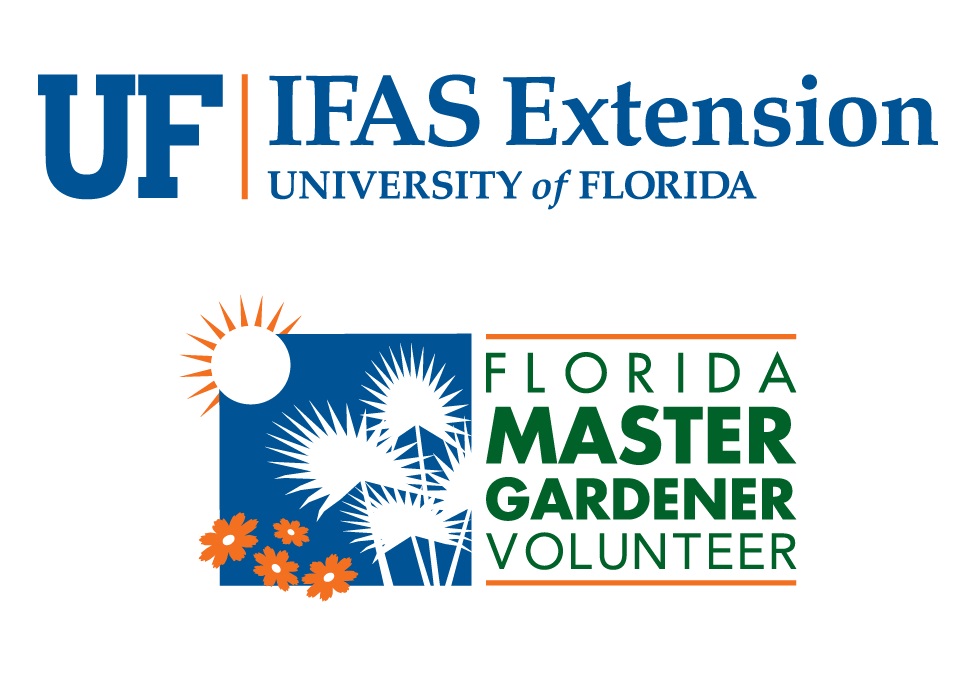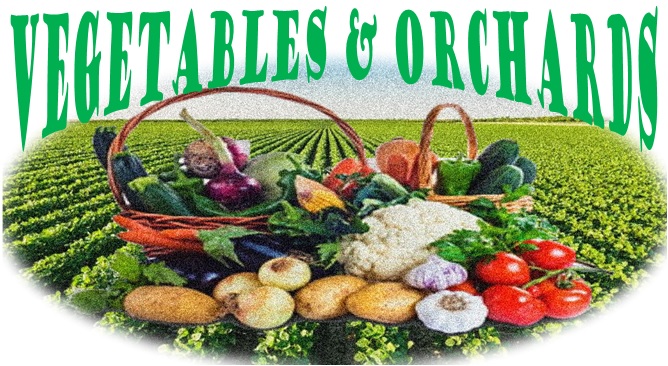Ask Master Gardener Volunteer Linda Clemens
A couple of years ago, I visited Kingsley Plantation in Jacksonville, part of the Timucuan Ecological and Historic Preserve. An interpretive garden contained many of the crop plants that were historically grown at the site. I was especially impressed by a tall, vigorous plant with beautiful purple flowers: Indigofera tinctoria or true indigo.

The source of a natural blue dye
True indigo is the source of a natural blue dye. According to the Missouri Botanical Garden, true indigo is probably native to China, tropical Asia and parts of Africa, and has been in cultivation since at least 4000 BCE. It was grown as a cash crop in the southeastern US from the 1700’s onwards, and has naturalized in some areas. The Atlas of Florida Plants shows that true indigo has been found growing wild in Miami-Dade, Monroe and Hillsborough Counties.
I have always been interested in natural dyes, and had recently learned to use a spinning wheel. So why not try and combine my interests in gardening and fiber arts to produce indigo dye from my own garden?
Not invasive
First, I looked on the IFAS EDIS website for information on how to grow Indigofera tinctoria , but drew a blank. True indigo was not listed as invasive by the UF/IFAS Assessment of Non-Native Plants in Florida’s Natural Areas website , so I decided to find some seeds and give it a try. The plant is variously described as a tropical shrub, 2 to 6 feet tall and as wide, with purple or pink flowers. It is winter hardy to USDA zones 10-12, which means true indigo can be grown as an annual in parts of Wakulla County. It is a legume and grows in well-drained soil in full sun.
Where to find seeds
It was hard to find seeds. I finally found some listed on a spinning and weaving supply website. I started my seeds indoors, in a seed flat on a heating mat and had only one seed germinate. I carefully nursed my seedling through larger and larger pot sizes in the greenhouse until the weather grew warm enough to place my seedling outside in a raised bed with two or three other experimental plants. My true indigo plant flourished and is now, at mid-August, about five feet tall and three feet wide.
My goal this year is to produce viable seeds that I can use to grow more plants next year. Next year, I want to be able to grow enough indigo to process for dye. Making the dye is a multi-step process, involving fermentation of the leaves, addition of slaked lime to alkalize the solution and vigorous mixing of the solution to add oxygen and make the blue pigment settle out of the solution. The solid material is then dried and ground to use as a powdered dye.
I am still waiting to see if we have a long enough growing season for my true indigo plant to produce viable seeds. It will also be interesting to see if I can help my existing plant make it through the winter with some cold protection. With luck, I can update you all next winter while wearing my naturally dyed, indigo blue, hand-spun and knitted wool hat!
If you have any questions or suggestions for future articles please email to wakullamg@ifas.ufl.edu
| The Institute of Food and Agricultural Sciences (IFAS) is an Equal Opportunity Institution authorized to provide research, educational information, and other services only to individuals and institutions that function with non-discrimination with respect to race, creed, color, religion, age, disability, sex, sexual orientation, marital status, national origin, political opinions, or affiliations. U.S. Department of Agriculture, Cooperative Extension Service, University of Florida, IFAS, Florida A&M University Cooperative Extension Program, and Boards of County Commissioners Cooperating |
 0
0


